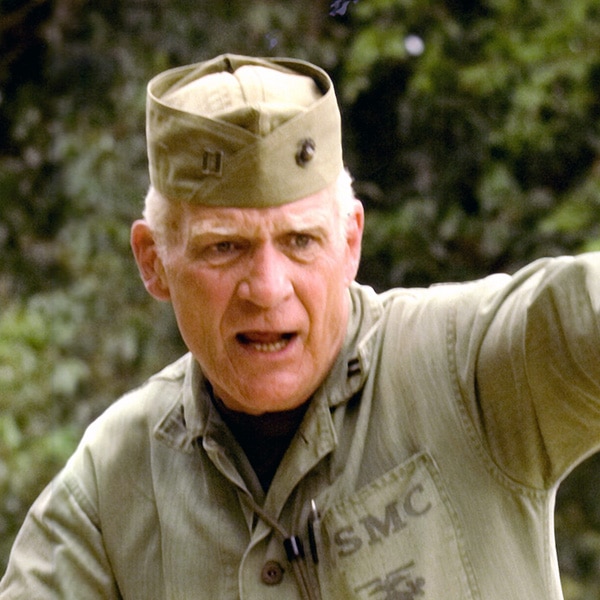America’s Allies in the Vietnam War
January 6th, 2024
10 minute read
From a rice paddy or triple-canopy jungle perspective, most of America’s Vietnam Veterans are only vaguely aware they had some serious allies fighting on their side in country. Unless an assignment in Vietnam involved duty as an observer or advisor, the ever-shrinking community of people who fought in Vietnam tends to ignore or dismiss the fact that five additional allied nations sent troops to assist in South Vietnam’s fight against communist Viet Cong or North Vietnamese Army forces.
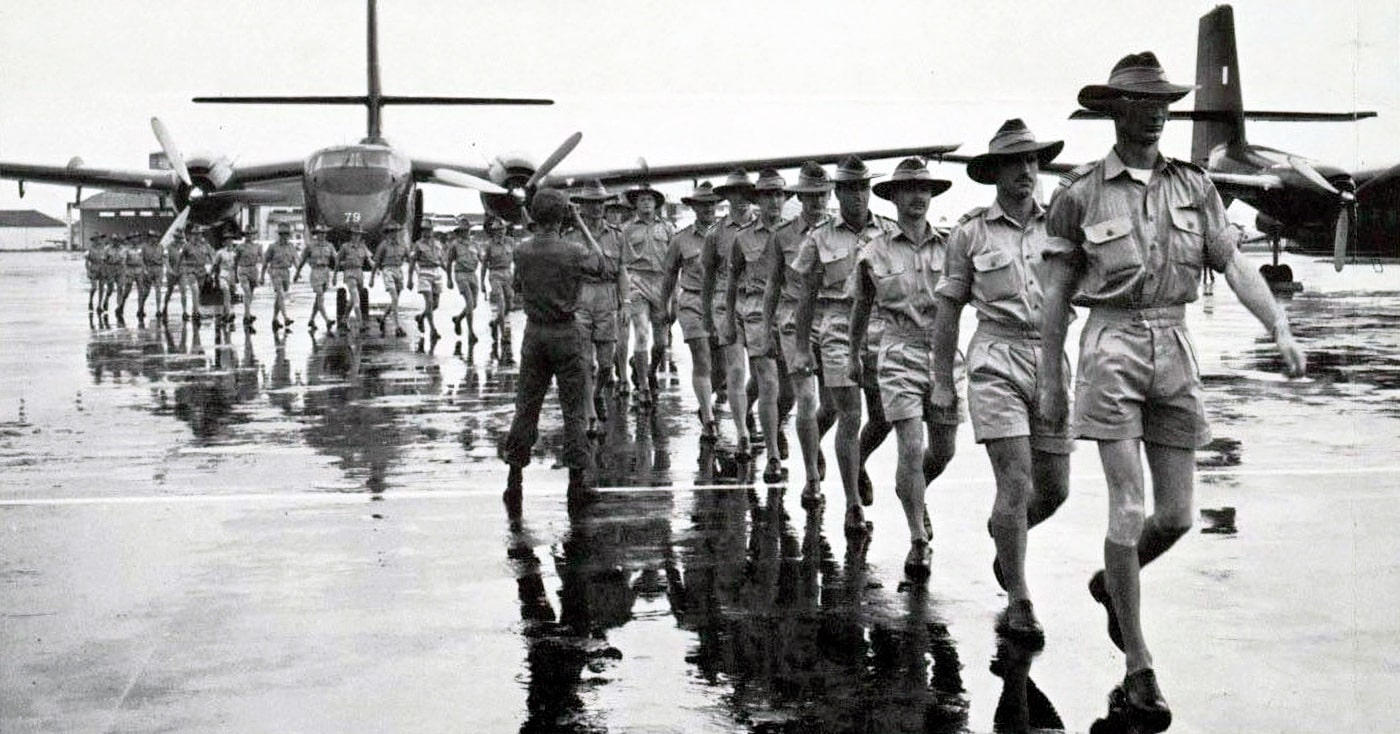
Largely due to former U.S. President Lyndon Johnson’s “More Flags” campaign to enlist wider participation in the Vietnam War, Australia, New Zealand, South Korea, Thailand and the Philippines bolstered anti-communist combat power in South Vietnam in the 1960s and 1970s.
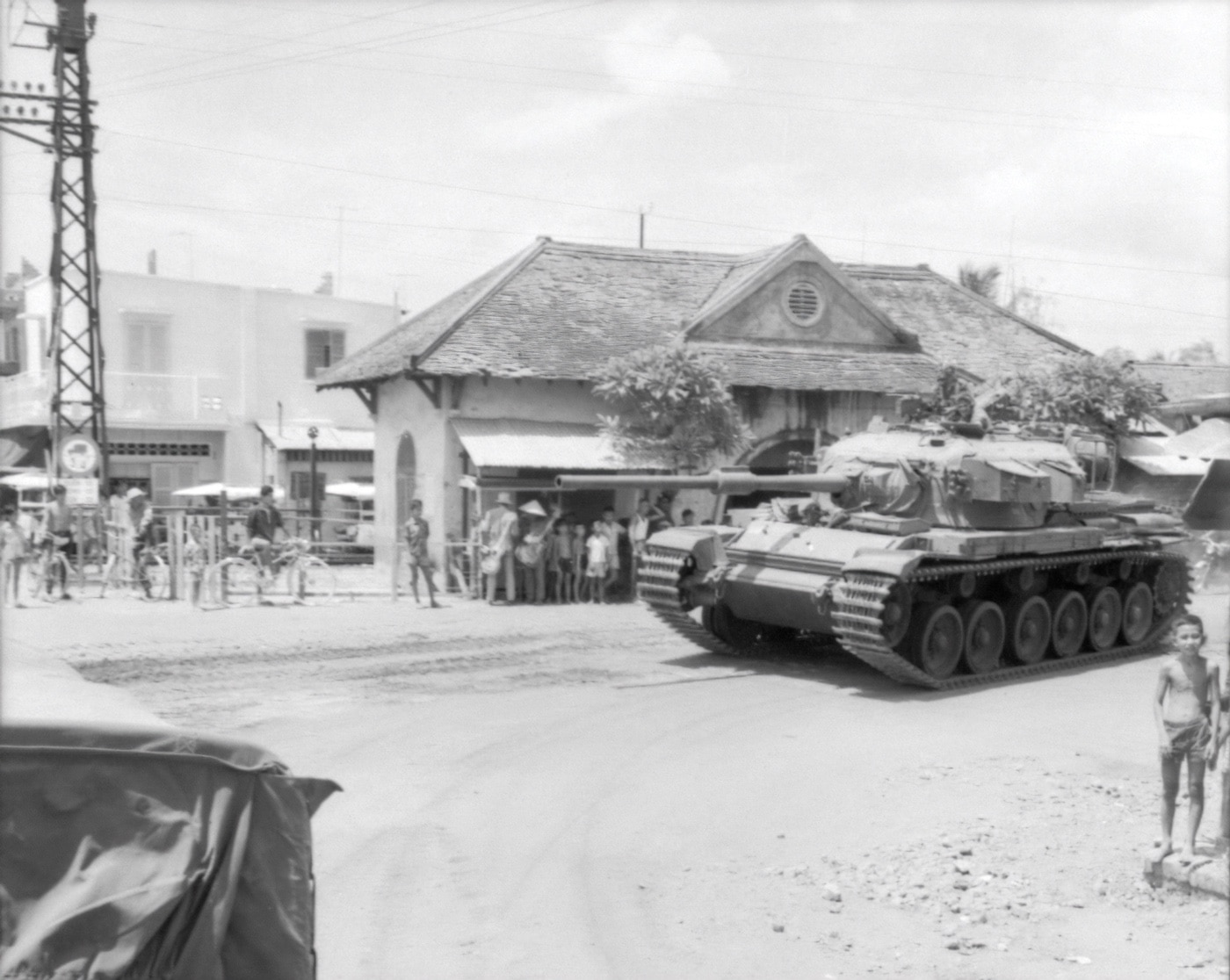
Despite the ultimate outcome of the war in Vietnam, those international efforts were significant and valuable for reasons that extended both on and off the battlefields. Here’s a quick look at those allies and their contributions to the long, bloody decade of war in Southeast Asia.
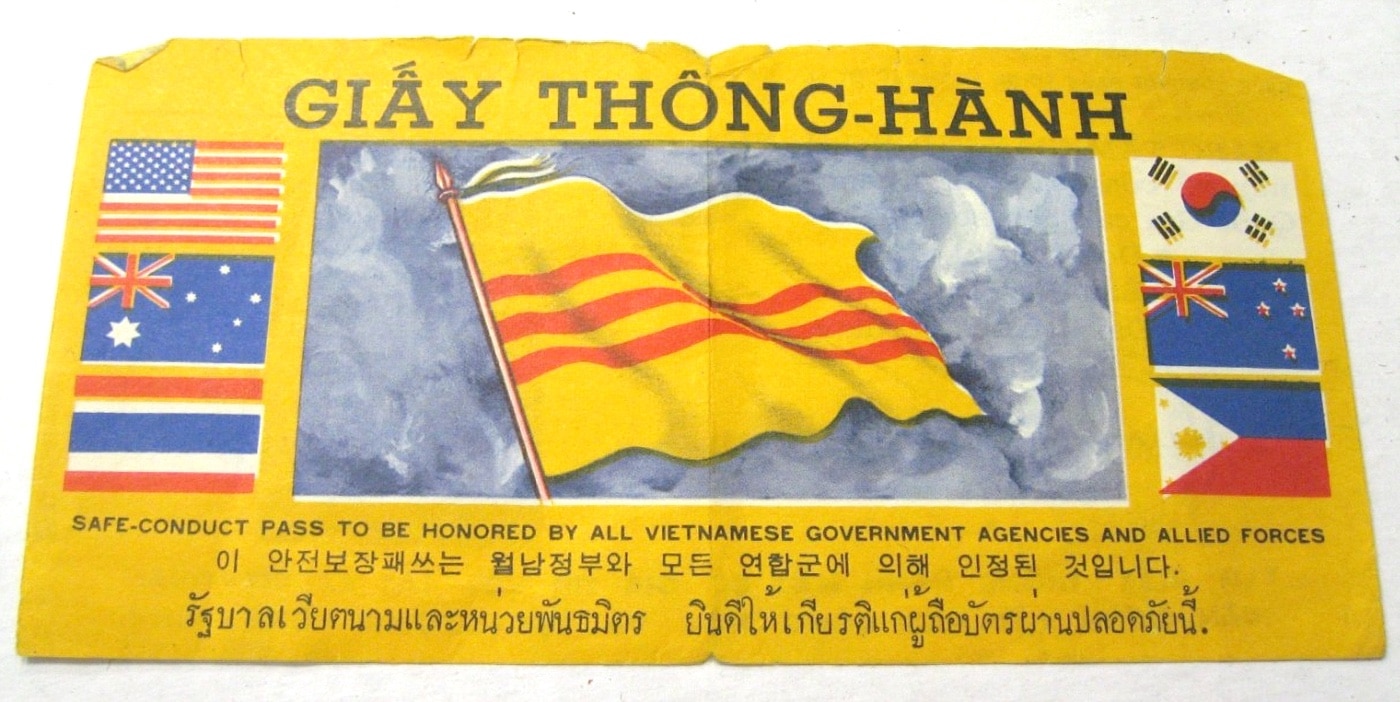
Australia
As a long-time American ally in the Pacific, Australia followed suit when the U.S. escalated its involvement in South Vietnam by sending combat troops ashore in 1965. The Aussies spooled up their 1st Battalion, Royal Australian Regiment (1RAR) and sent them to serve under operational control of the US Army’s 173rd Airborne Brigade at Bien Hoa in the III Corps Region, which included the South Vietnamese capitol at Saigon.
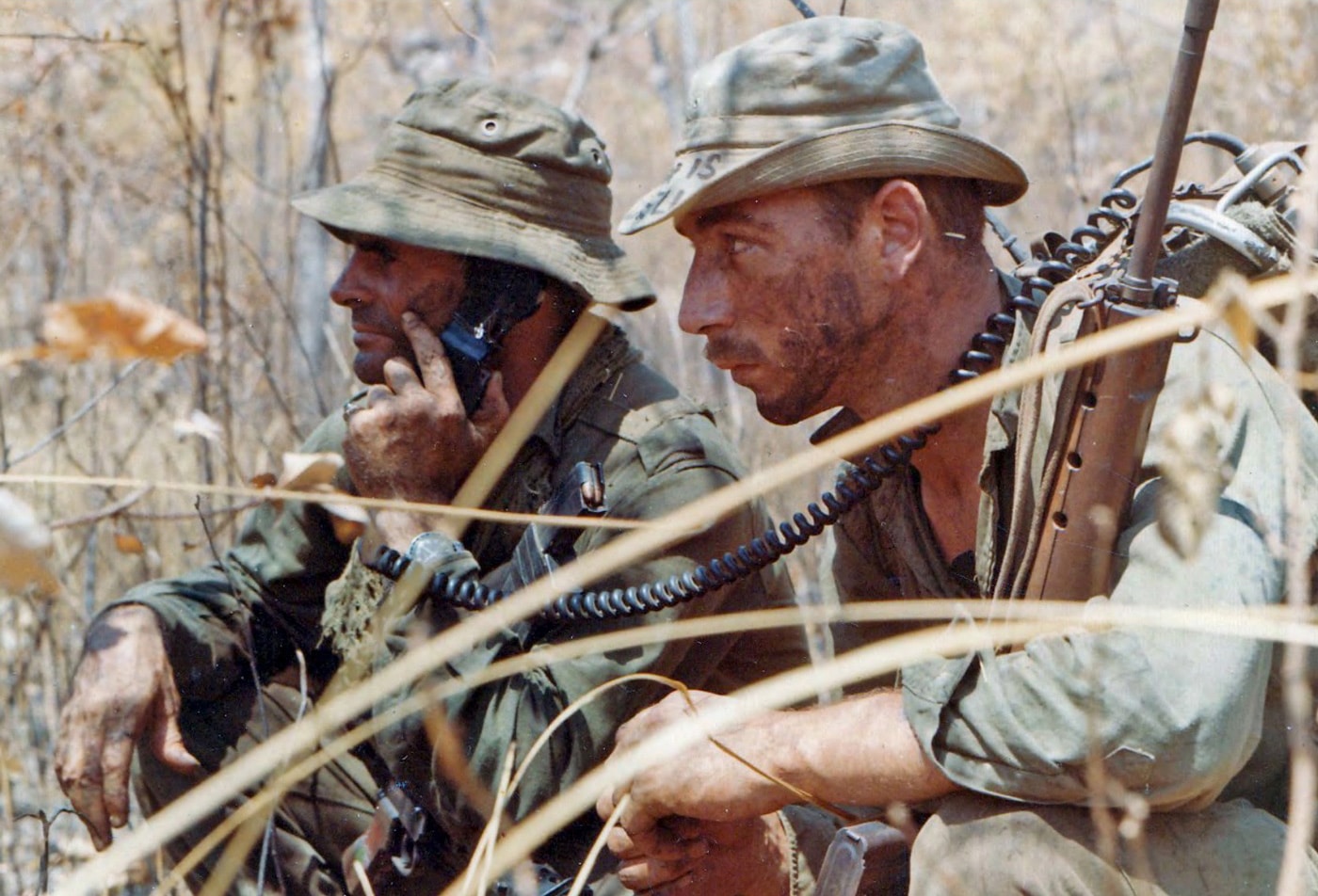
Australian military leaders didn’t necessarily agree with the American way of warfare in those early days, citing rules of engagement that they felt were overly restrictive and counterproductive. In 1966 when Australia increased its troop commitment to form the 1st Australian Task Force, they ducked out of direct relationship with American forces to become an independent command based at Nui Dat in Phuoc Tuy Province southeast of Saigon.
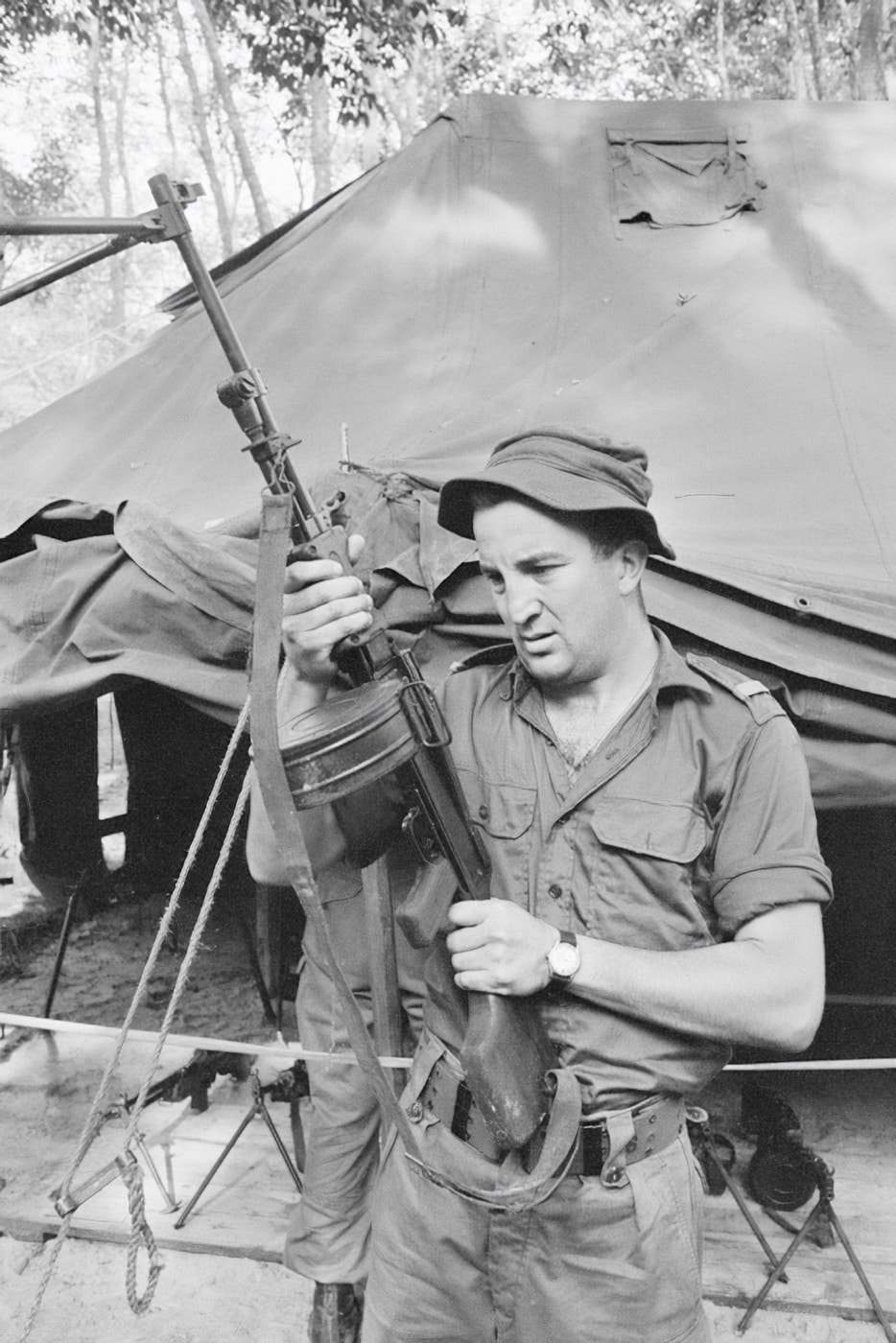
It was from this base area that the Diggers fought perhaps the most significant battle of their war experience. During the Battle of Long Tan, one company fought off some 1,500 VC and NVA troops in a bloody, constantly escalating battle near an old French rubber plantation.
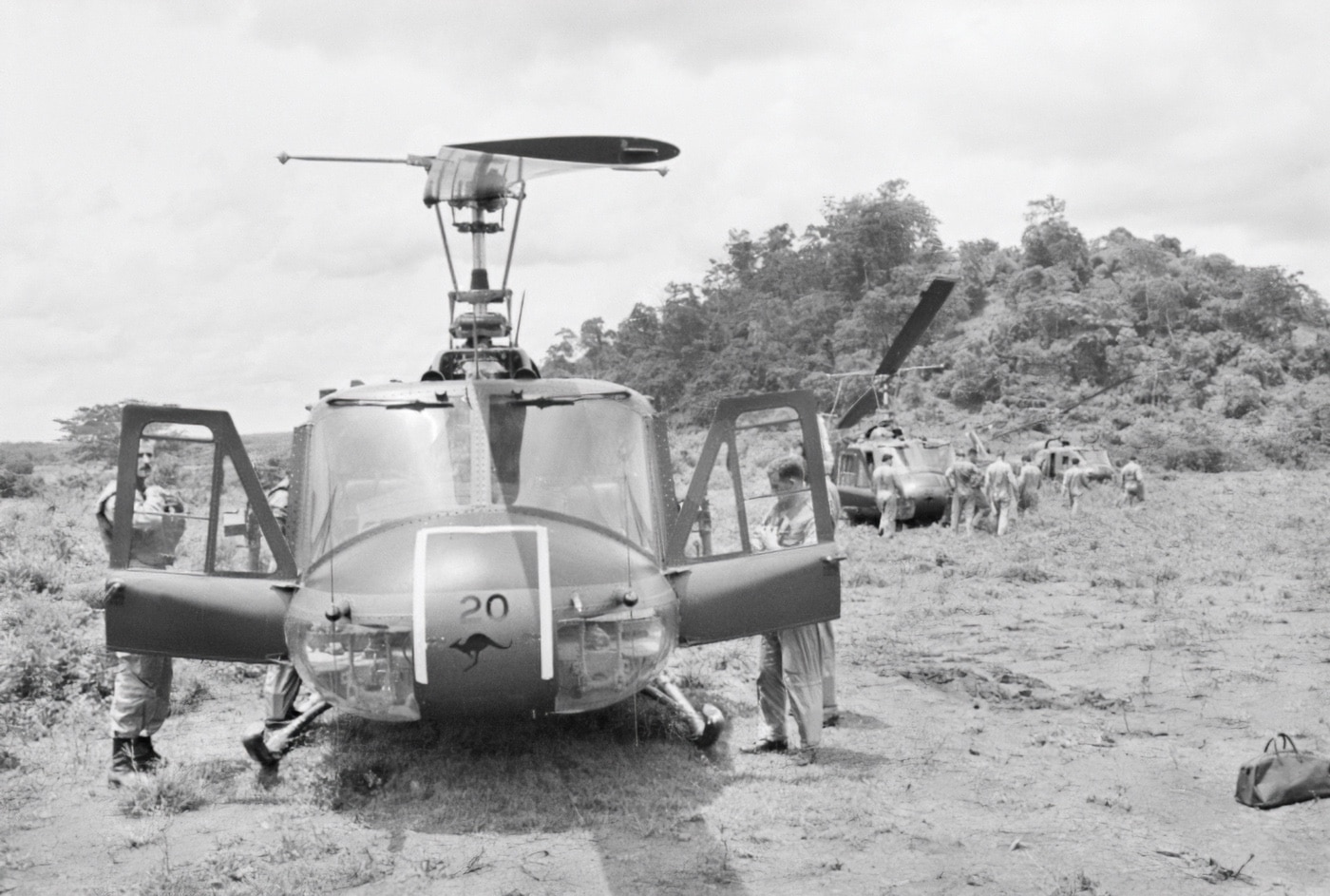
Between 1962 and 1973, some 60,000 Diggers from the Australian Army, Navy and Air Force served in Vietnam. During the course of Australian involvement, that nation lost 521 KIA and some 3,000 WIA.
[Don’t miss Tom Laemlein’s article Heavy Weapons of the Viet Cong.]
New Zealand
Following a tradition that pre-dates WWI, where Australian troops went, New Zealand forces soon followed to fight as an ANZAC (Australia-New Zealand Army Corps) command. While the Kiwi’s began their South Vietnam service with small medical and engineer detachments, by the summer of 1965 they sent combat forces. First to arrive were cannoneers from 161st Battery, Royal New Zealand Artillery, which joined up with fire support elements of the Royal Australian Task Force in III Corps.
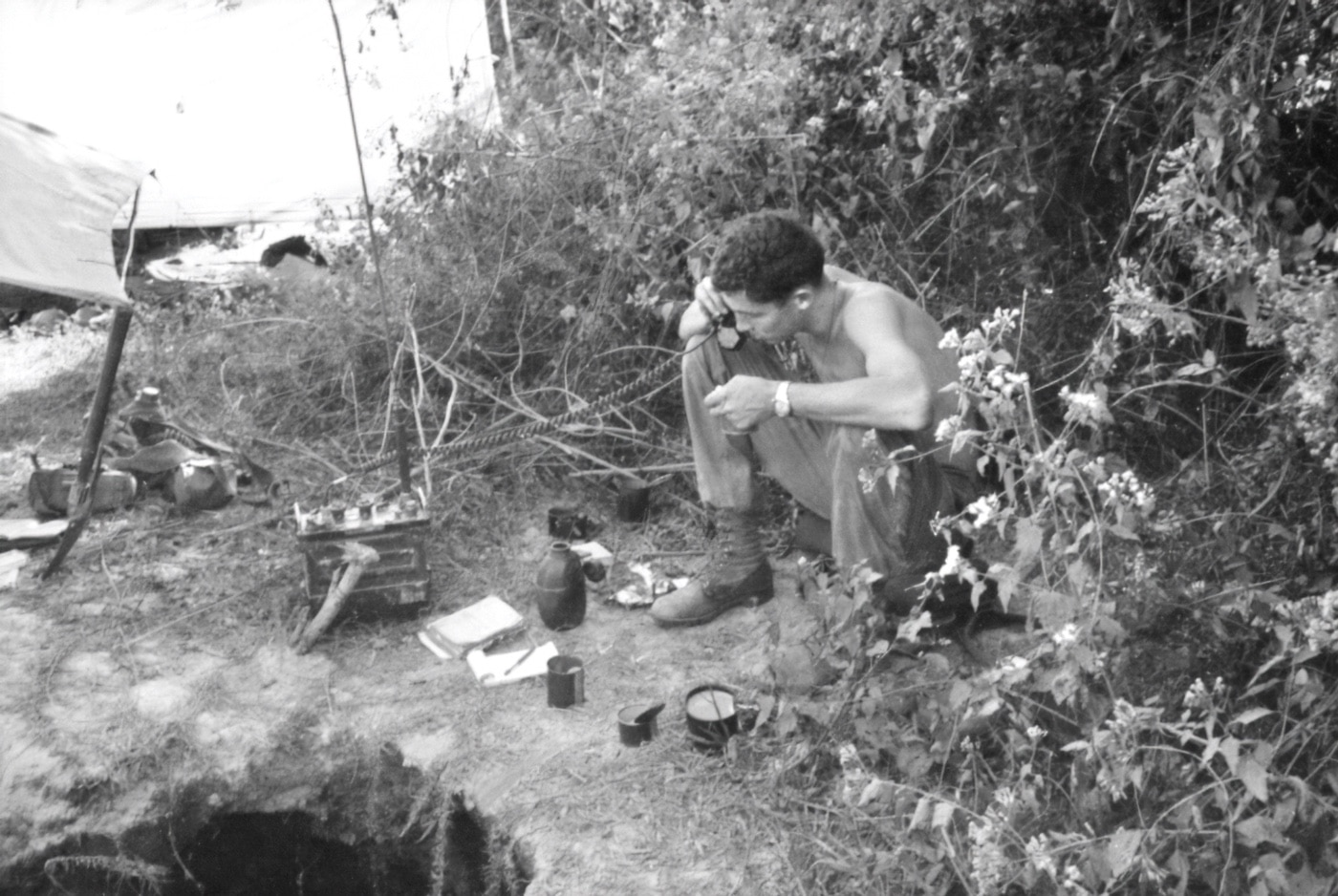
[Be sure to read the harrowing tale of Tunnel Rats in Vietnam here.]
By 1967, New Zealand committed grunts in two rifle companies of the 1st Battalion, Royal New Zealand Infantry Regiment to fight alongside the Aussies in fairly conventional operations. In 1969, they sent elements of their own Special Air Service Regiment to reinforce the Australian SAS in clandestine counterinsurgency operations. Except for detached advisors, Kiwi troops were mainly committed to combat operations in the National Capitol regions of III Corps.
During their service in Vietnam from 1964 to 1972, New Zealand forces did not exceed a strength of 550 at any given time, but they suffered 37 KIA and 187 WIA in combat operations with the Australian Task Force.
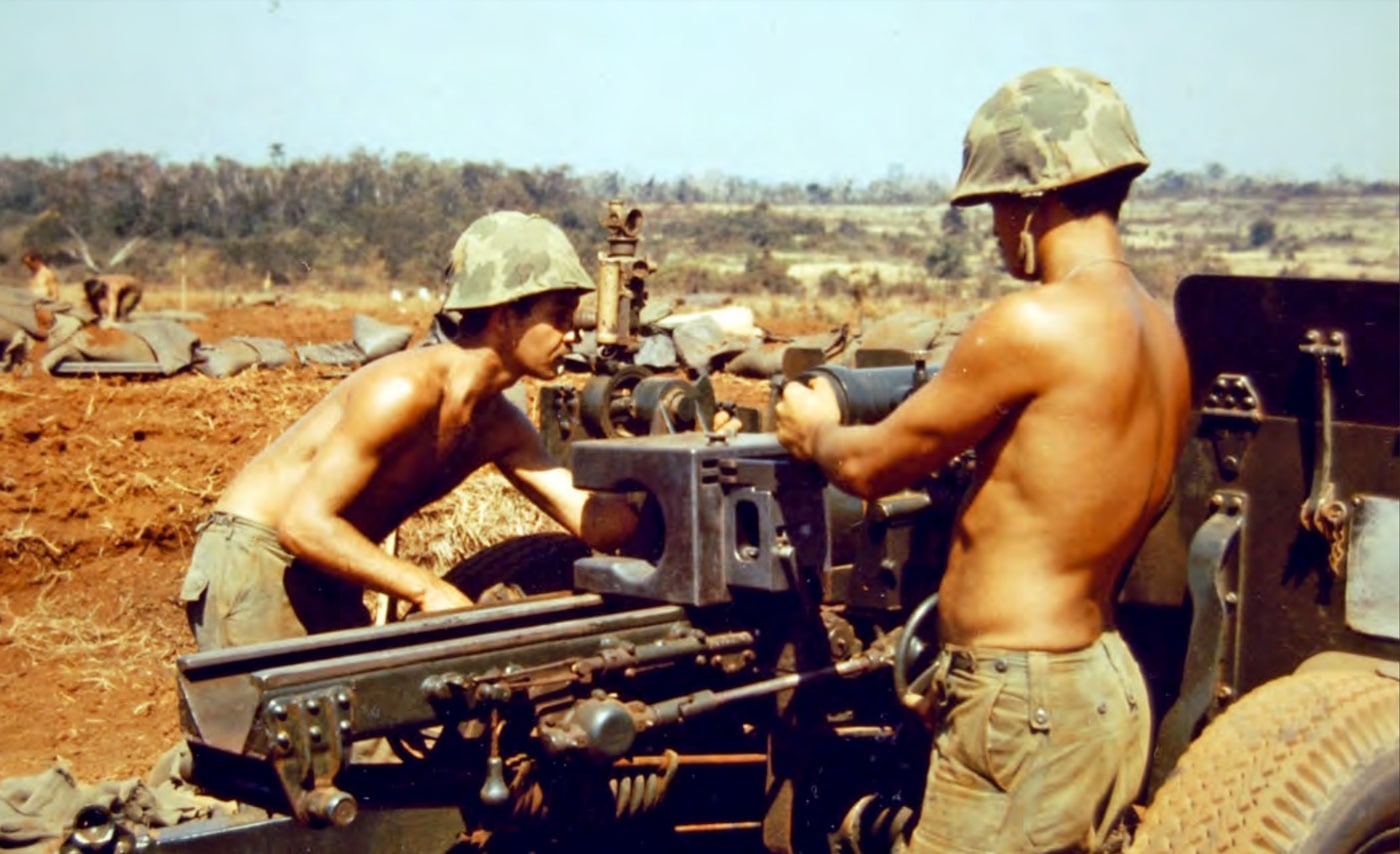
Republic of Korea
Marking the first time since the armistice was signed in 1953 ending anti-communist combat operations in their own country, South Korea committed troops to Vietnam beginning in 1965. They stayed the course alongside U.S. forces in Vietnam and did not end their commitment until the U.S. did 10 years later. All ROK troops sent to fight in Vietnam were reported to be volunteers.
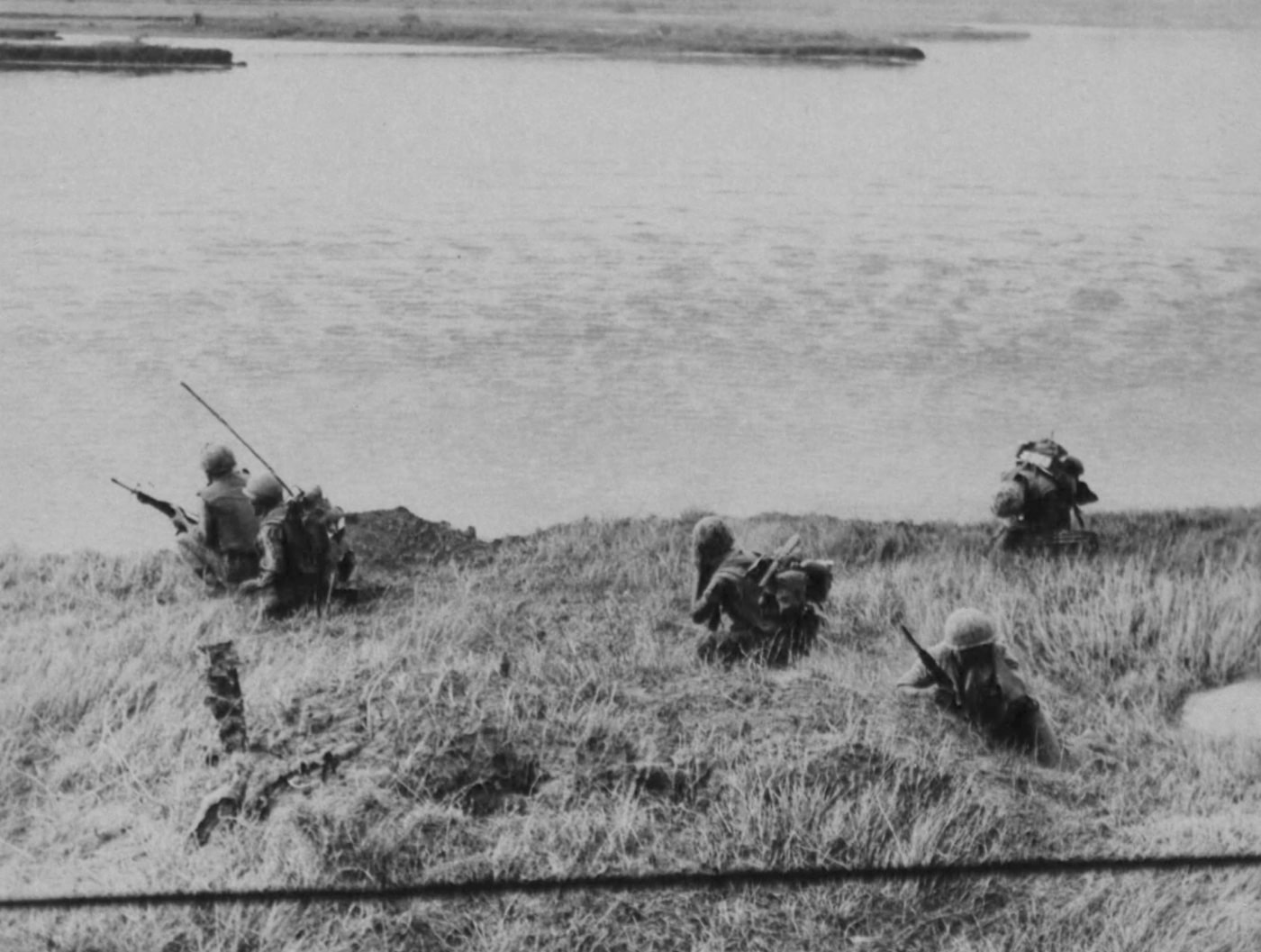
More than 300,000 ROK soldiers and Marines served in Vietnam during the course of the war, and that number totals more than all the rest of U.S./South Vietnamese allies combined. It’s only fair to note that the U.S. subsidized Korean Forces serving in Southeast Asia, which in many ways proved a significant economic boon for the fledgling South Korean government in Seoul.
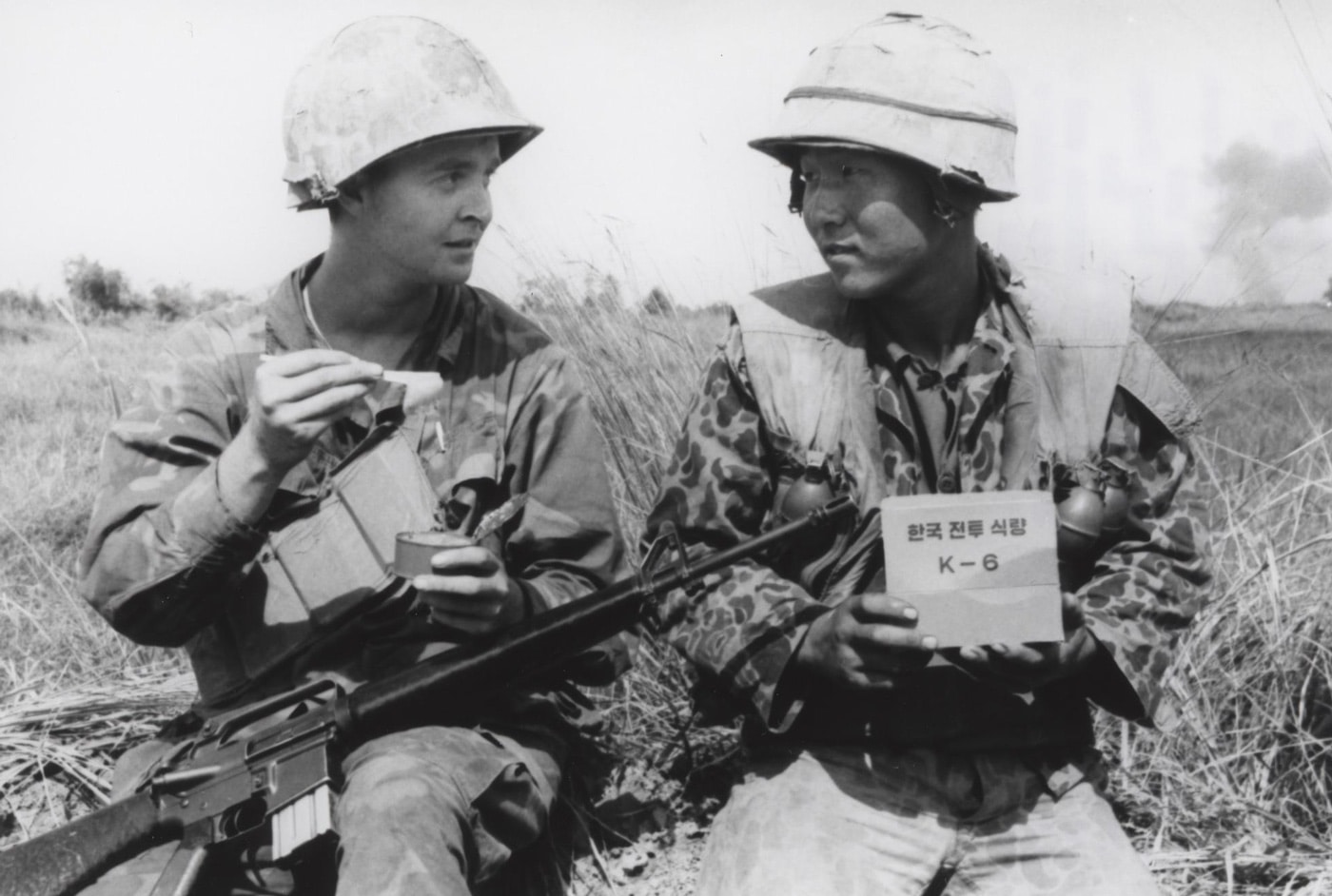
The first two Korean combat formations to arrive in Vietnam in 1965 where the Army’s Capital “Tiger” Division and the Korean Marine Corps’ 2nd “Blue Dragon” Brigade. Those outfits rapidly made a name for themselves as brave and highly disciplined troops operating in the coastal areas of II Corps.
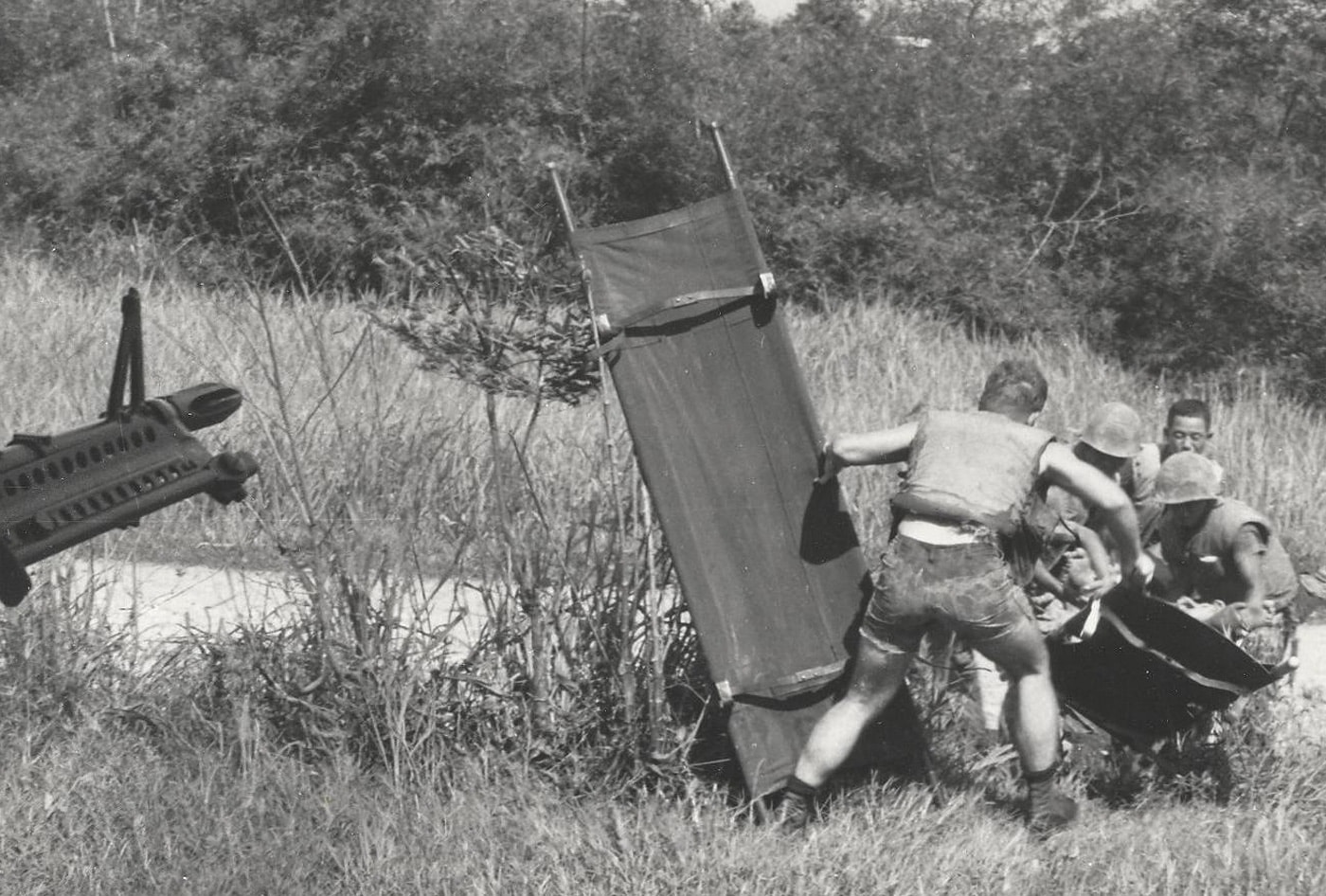
There was some early dithering among diplomats who called the Korean tactics unnecessarily brutal, but there was no question that their presence took the pressure off American forces in their areas of operations. That was most welcome among American field commanders who were struggling to cover increasingly large portions of the country.
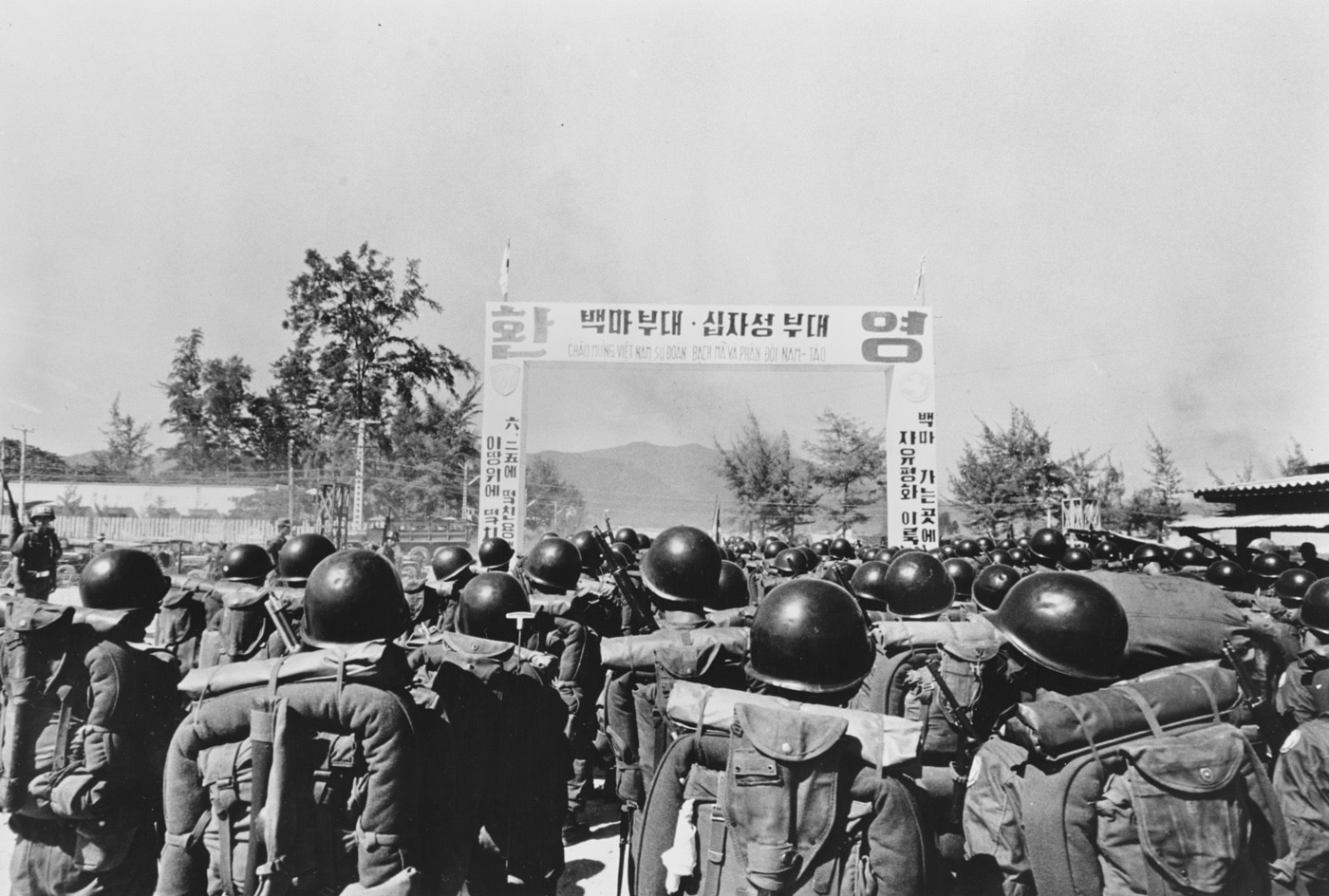
In the fall of 1966, South Korea sent a second Army outfit, the 9th “White Horse” Division, to Vietnam, which freed up the Korean Marines to move north where they joined U.S. Marines in operations throughout the dangerous Quang Nam and Thua Thien Provinces of I Corps adjacent to the DMZ.
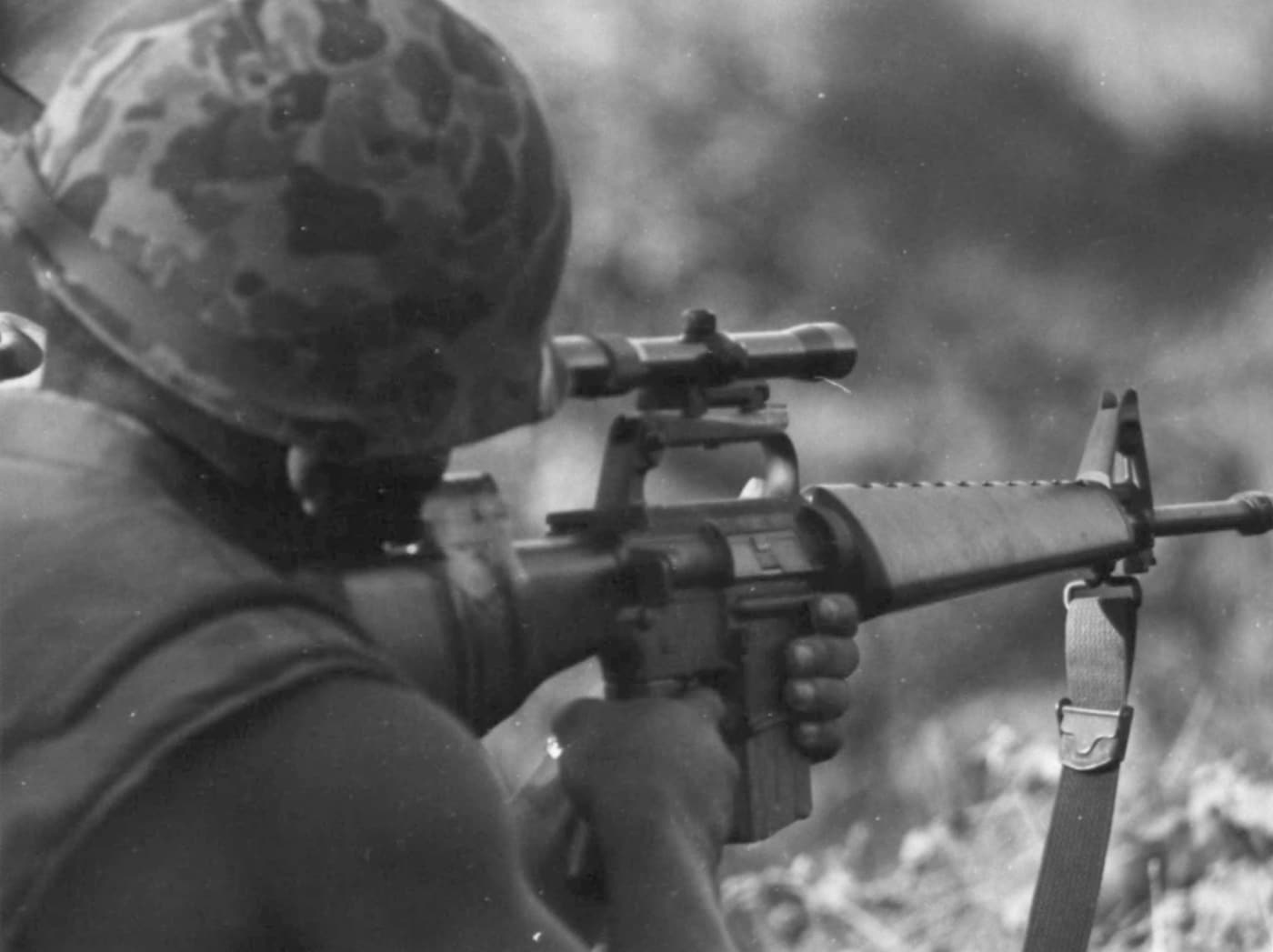
Due to their aggressive tactics, the ROKs gained an almost mythical reputation among U.S. soldiers and Marines concerning their tough discipline, expertise in small unit tactics and close-quarter fighting based on martial arts styles. Captured documents indicated enemy forces were often instructed to avoid tangling with ROK combat units.
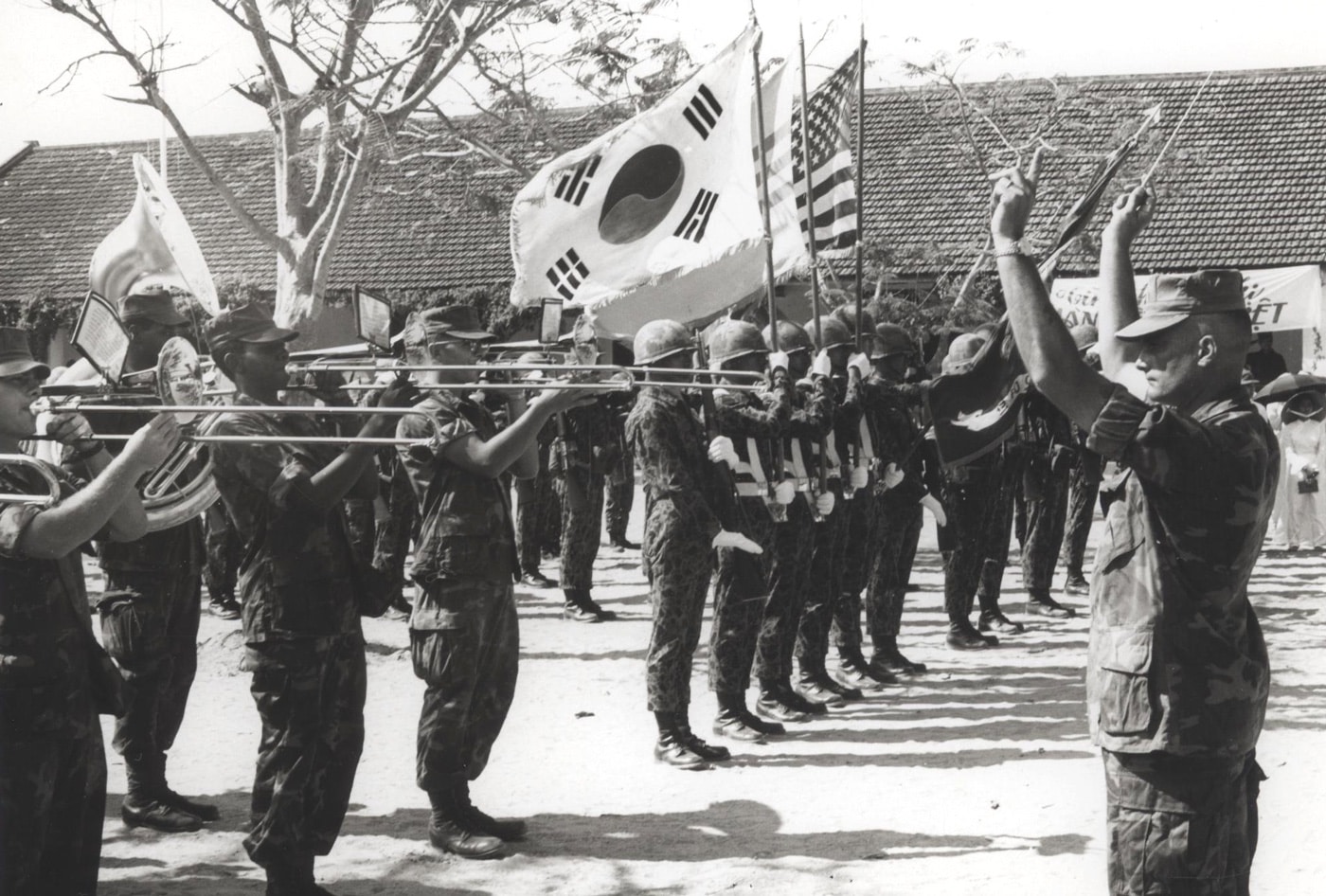
The precise number of Korean Marines and soldiers wounded in action over 10 years of service in Vietnam is hard to compute precisely. What’s a matter of record is that nearly 5,000 Koreans were killed in action.
Thailand
Perhaps no other U.S. allied nation in Southeast Asia was as committed to anti-communist resistance as was the Kingdom of Thailand. A lot of that had to do with geography. Thailand and Vietnam were neighbors, and the Thai government felt a communist victory to their east would spur similar rebellions in their own country. That meshed nicely with American proponents of the domino theory and opened access to strategic U.S. bases in Thailand.
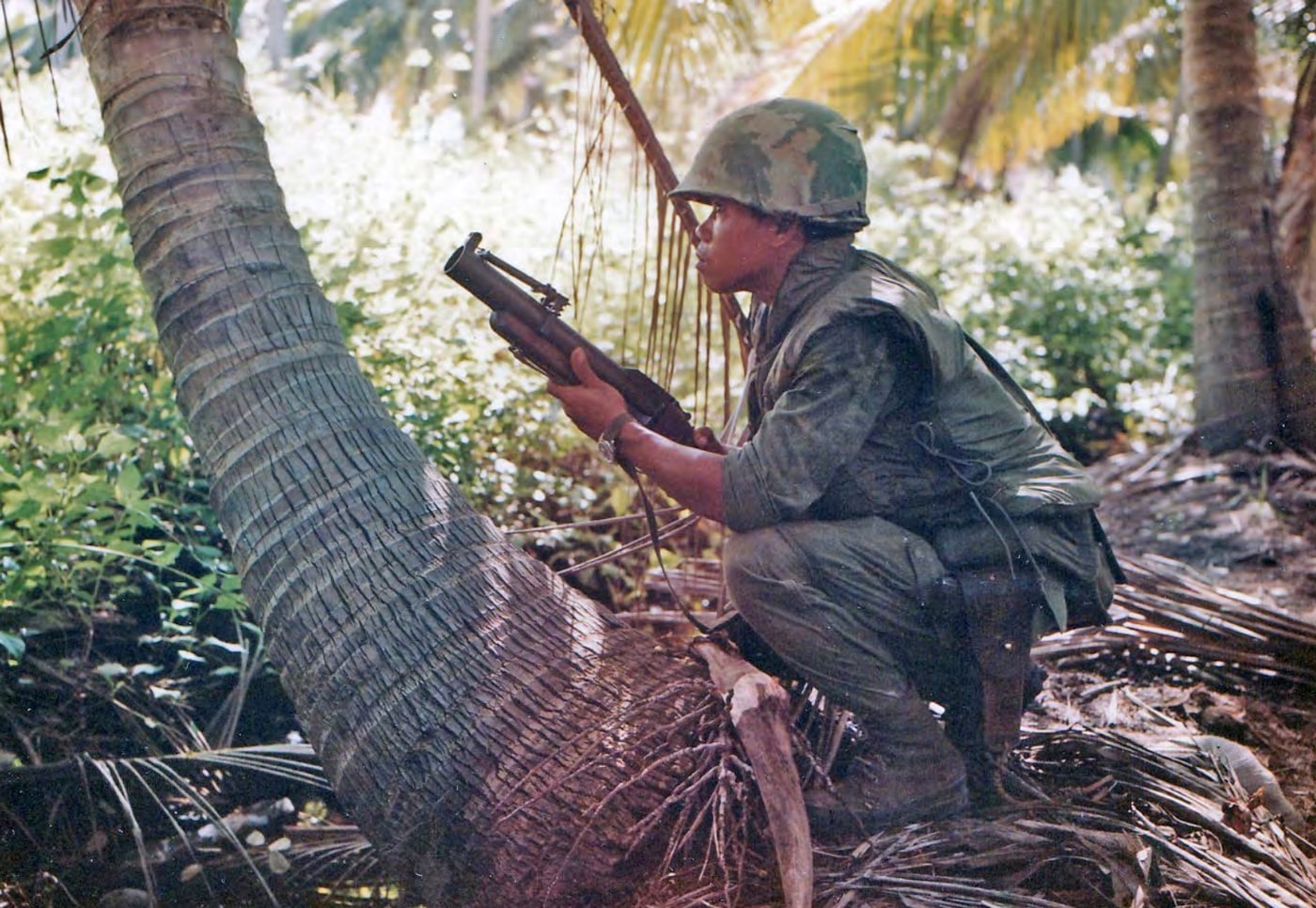
The US Air Force eventually flew combat operations from seven major Royal Thai Air Force Bases including Udorn, Ubon, Korat, Takhli, Nakhon Phanom, U-Tapao, Don Muang and Bangkok. Activities at those bases eventually pumped some two billion dollars into the Thai economy over the course of the war. More importantly, Thai bases provided handy nests for long-range air strikes into the North Vietnamese heartland.
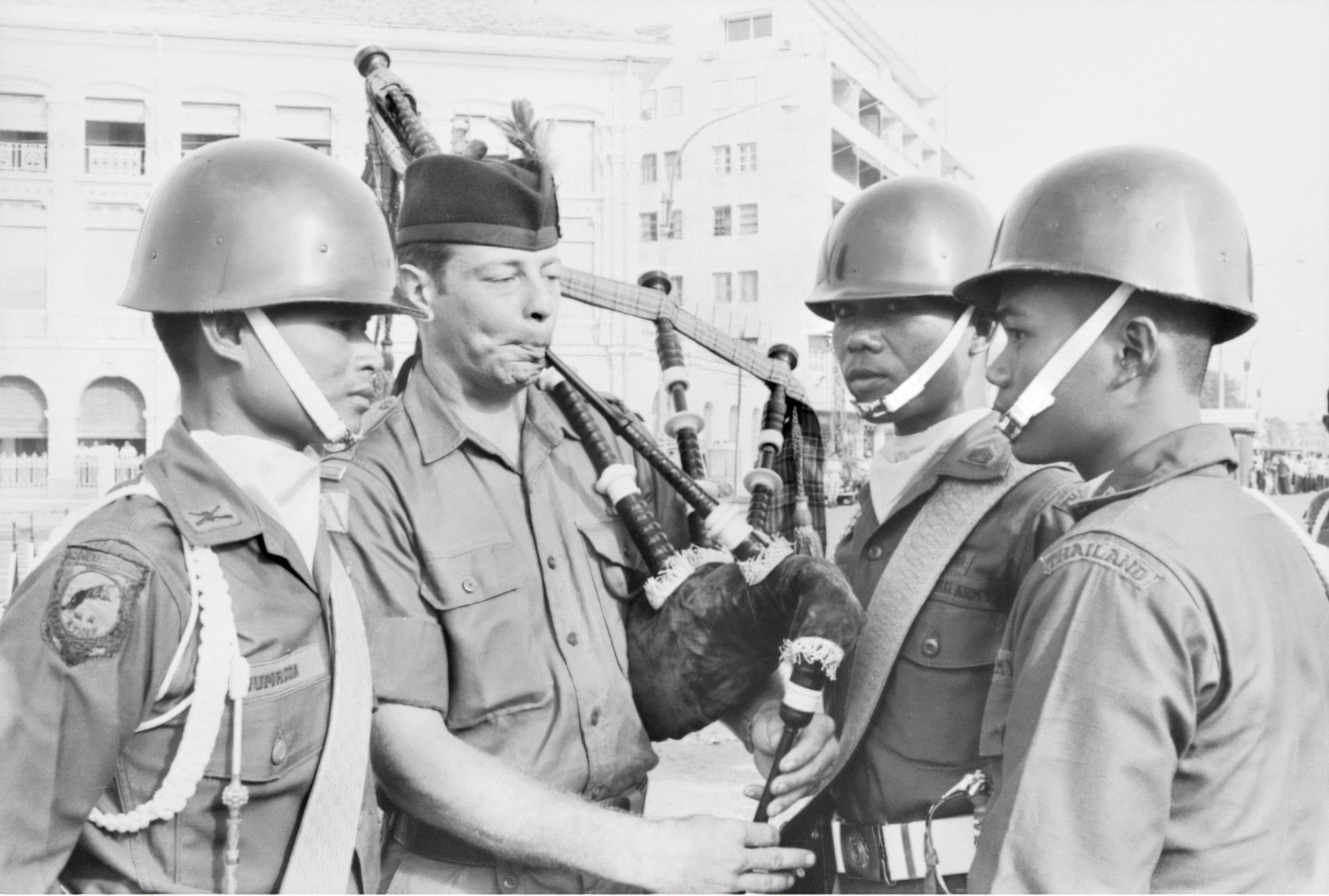
By the fall of 1967, Thailand committed ground troops from the Royal Thai Volunteer Regiment to Vietnam in operations around Bien Hoa in II Corps. That unit, known as the Queen’s Cobras, was replaced the following year by the Black Panthers, who formed the Royal Thai Army Expeditionary Division operating out of Camp Bearcat in II Corps.
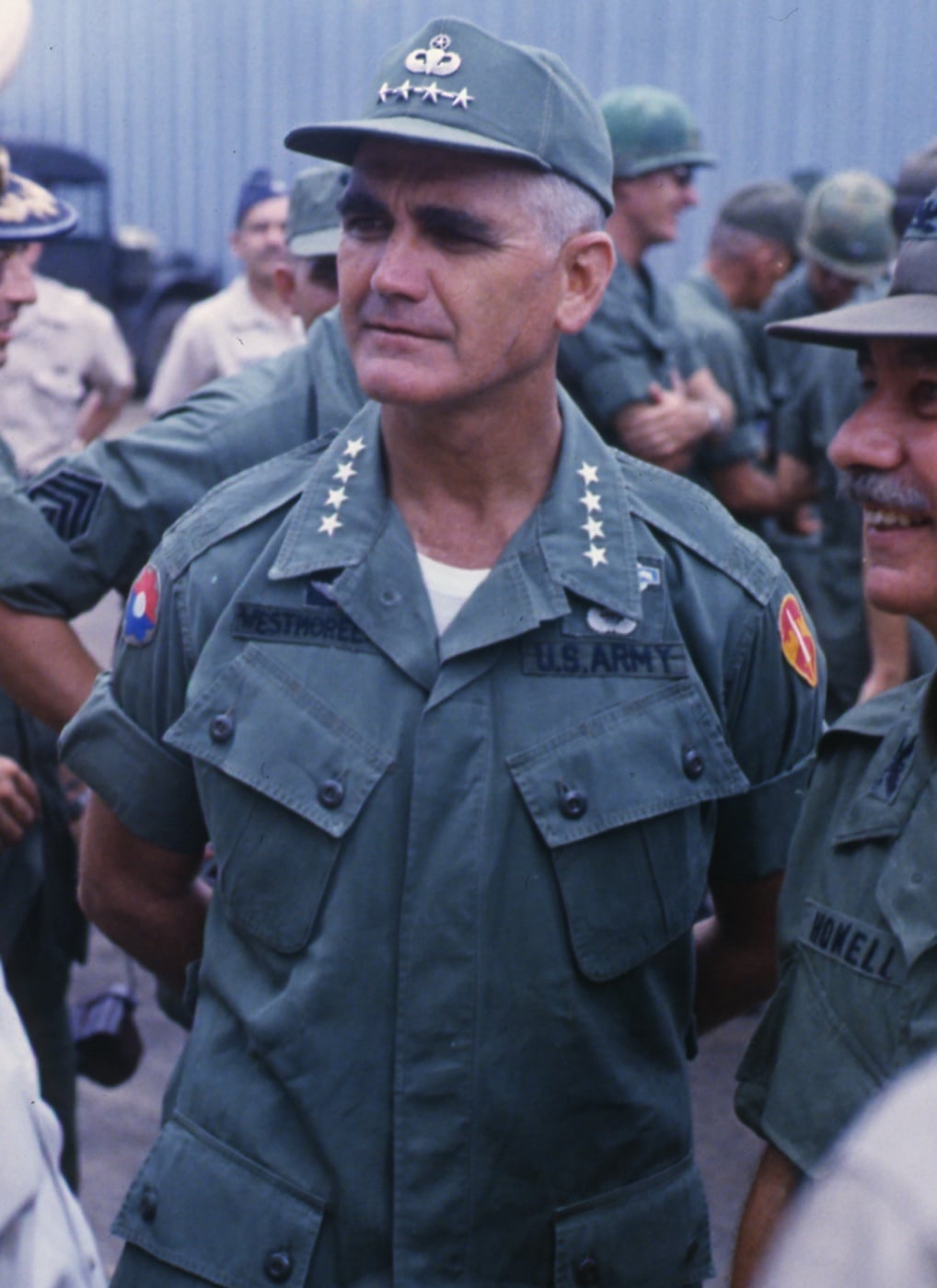
The U.S. was subsidizing Thai soldiers serving in Vietnam, which led to some American press reports accusing the Thais of being mercenaries in service to the U.S. There was some credibility to that stance given the amount of U.S. foreign aid provided to Thailand in support of their commitment to Vietnam, which amounted to more than what was provided to any other country involved except for South Vietnam itself. It was no secret that Thai troops were trained and equipped by the U.S. and transported by American ships and aircraft.
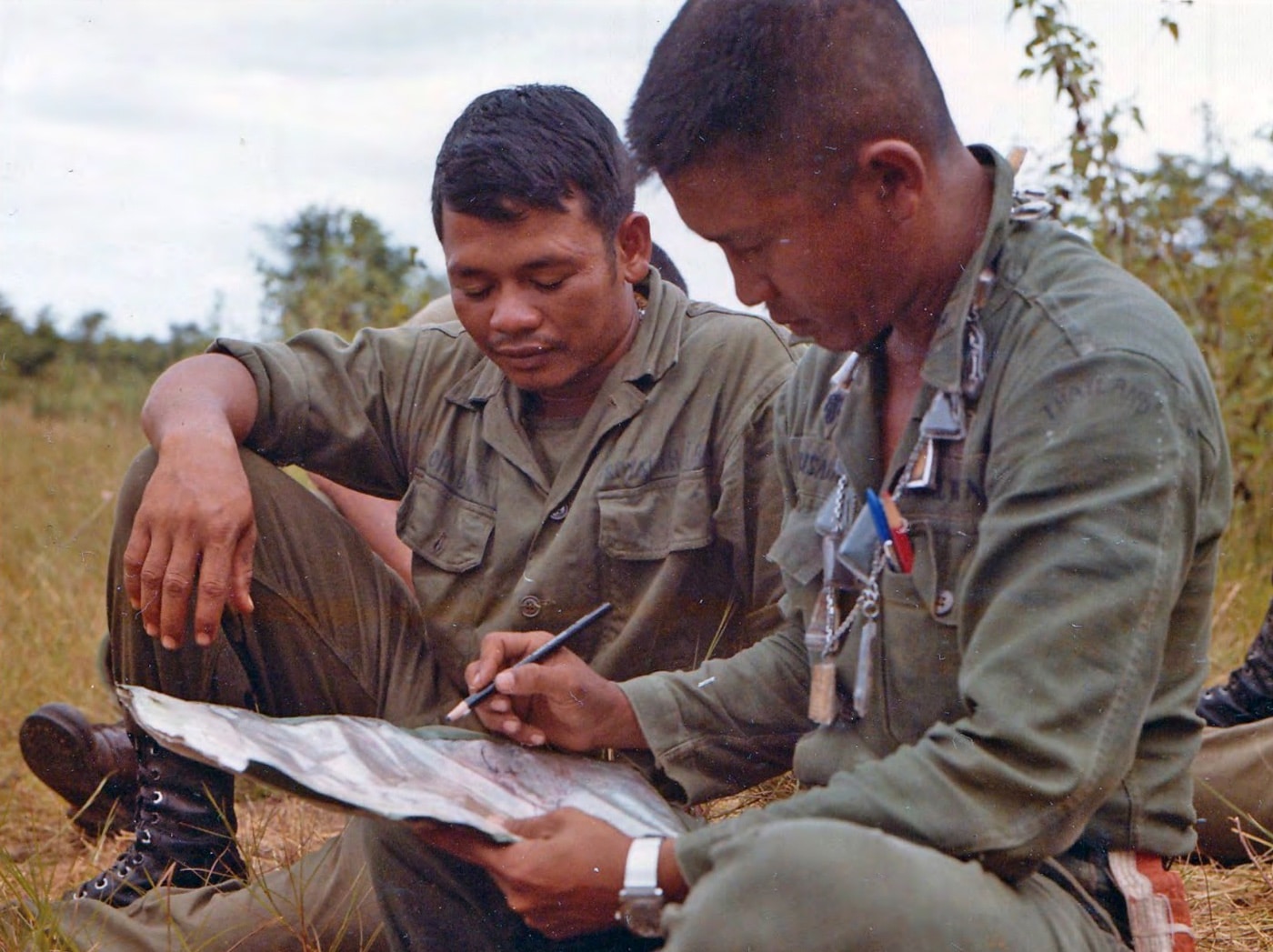
Regardless of such controversies, Thailand played a significant role in combat operations throughout Southeast Asia. Thai troops had extensive counterinsurgency experience that they brought to bear both in South Vietnam and in Laos where U.S. clandestine forces were waging a sub-rosa war against communist Pathet Lao guerillas.
Between 1967 and 1972, some 40,000 Thai soldiers served in Vietnam. The effort cost the kingdom 350 KIA and more than 1,300 WIA.
Philippines
In response to President Johnson’s “More Flags” efforts to aid South Vietnam, the Philippines sought congressional approval from their government to send combat troops. That request was denied, but the Philippine congress did authorize personnel and funds for a civic action contingent.
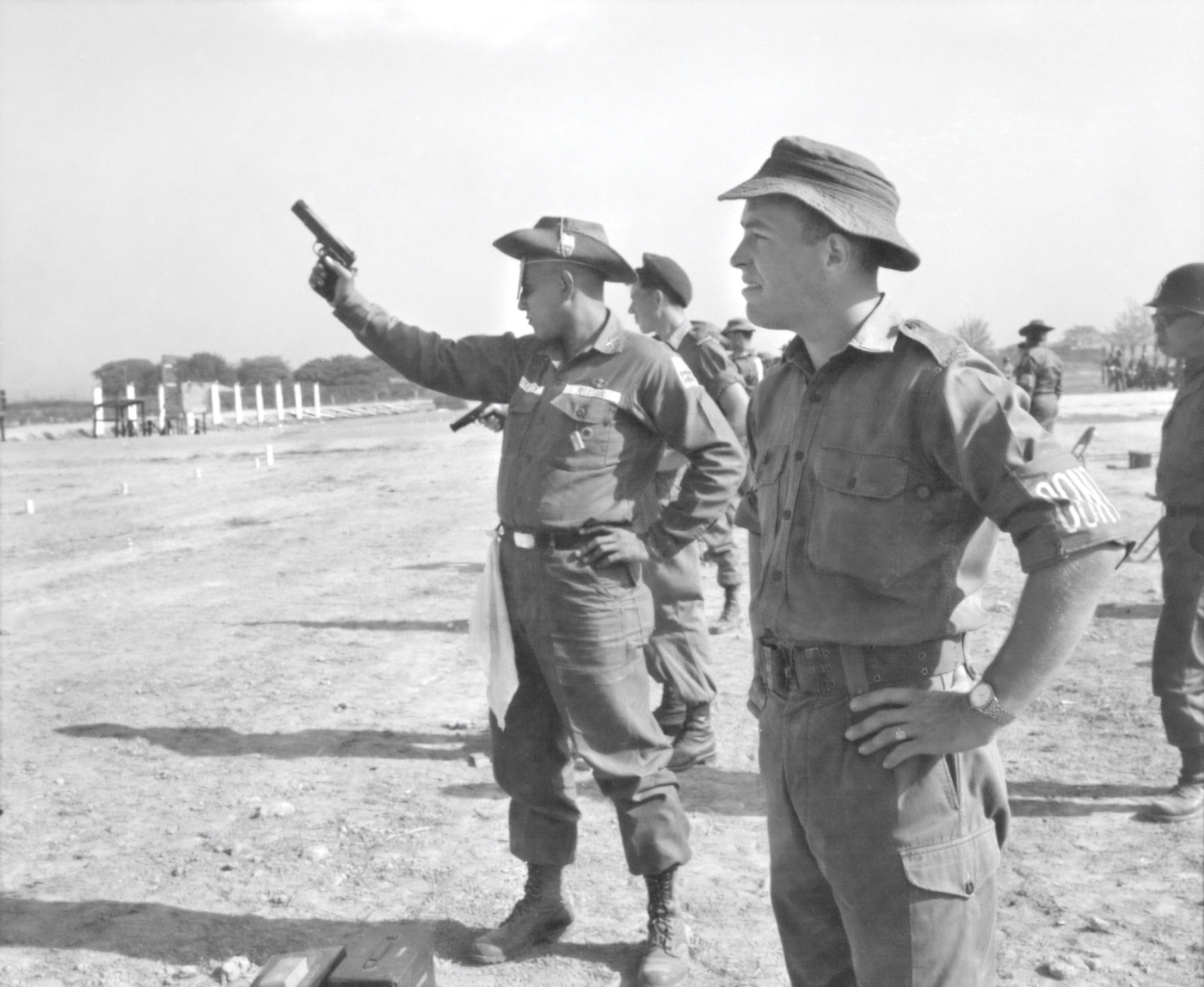
Beginning in 1964, it sent a group of doctors, nurses, technicians and civic action officers to assist MACV, the American command, with psychological warfare and civil affairs efforts primarily in the heavily populated III Corps regions.
That was followed two years later with an increased line-up of an engineer construction battalion, a security battalion and a logistics element to form the Philippines Civic Action Group-Vietnam, or PHILCAG-V. They set up a base of operations in Tay Ninh northwest of Saigon and went to work on public works construction, rural development and food and medical support to the South Vietnamese populations in that area.
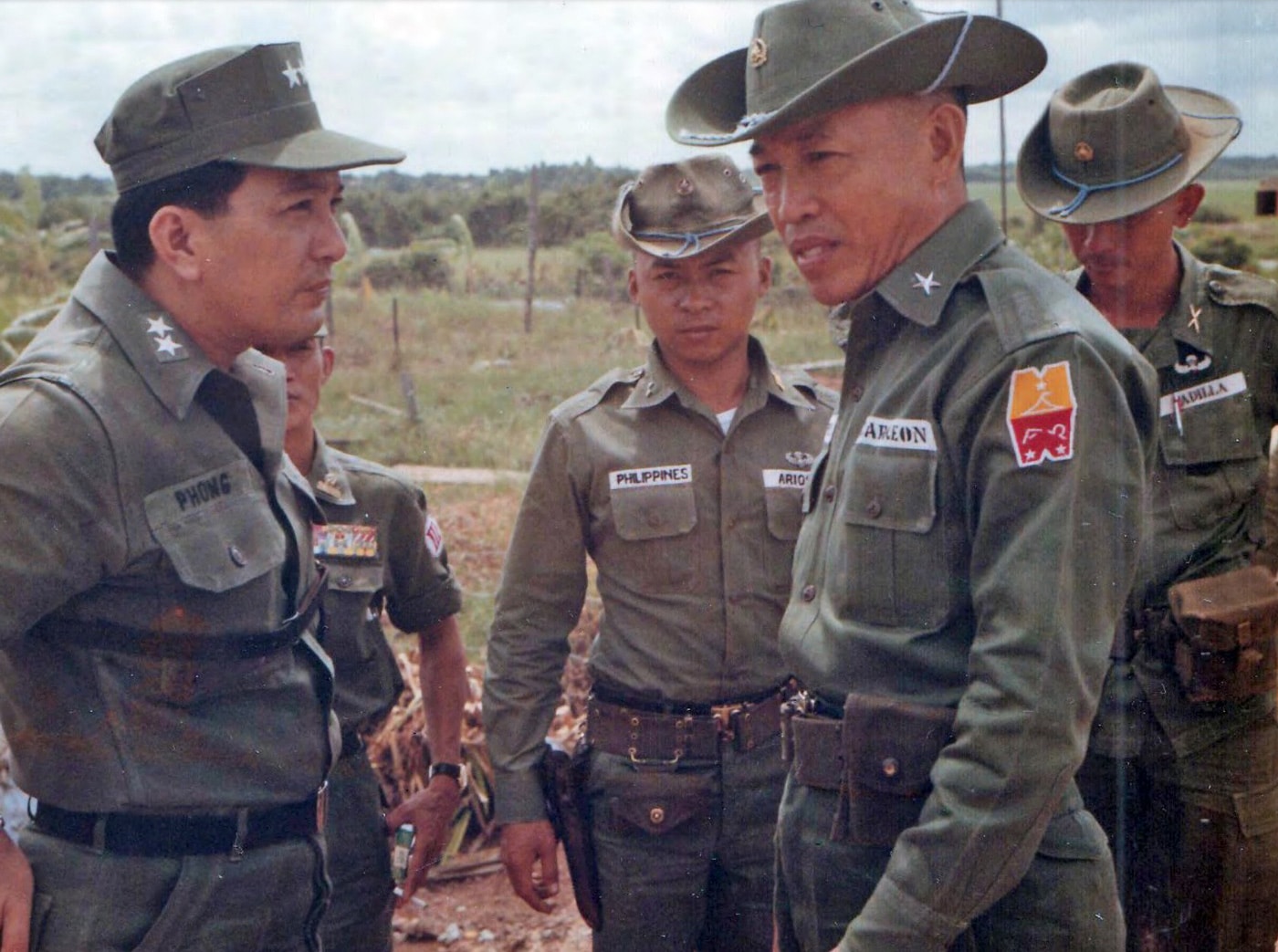
Slightly more than 2,000 Filipino soldiers served in Vietnam over the next 40 months, but they consistently focused on humanitarian rather than combat missions. While such efforts were appreciated by both the South Vietnamese and Americans in country, the greatest contribution made by the Philippines to the U.S. war effort was on the other side of the South China Sea. Throughout the war, U.S. forces continued to operate out of vital support bases at the Naval Base Subic Bay and Clark Air Force Base. Those bases provided significant stations for rest, repaid and refit throughout the war in Vietnam.
Final Thoughts
The Vietnam War was a long, tough fight for the United States. Thankfully, in addition to the efforts of American troops in fighting the communist enemy, a large number of troops from allied countries supported our efforts there. They deserve to be remembered for their bravery, hard work and willingness to stand with America in an unpopular war.
Editor’s Note: Please be sure to check out The Armory Life Forum, where you can comment about our daily articles, as well as just talk guns and gear. Click the “Go To Forum Thread” link below to jump in and discuss this article and much more!
Join the Discussion
Continue Reading
Did you enjoy this article?

 231
231





